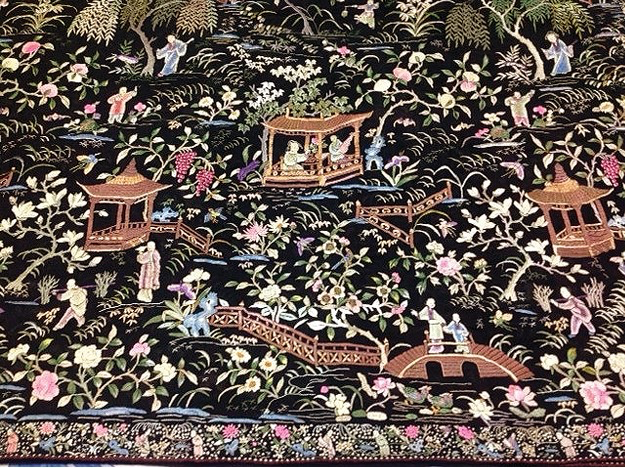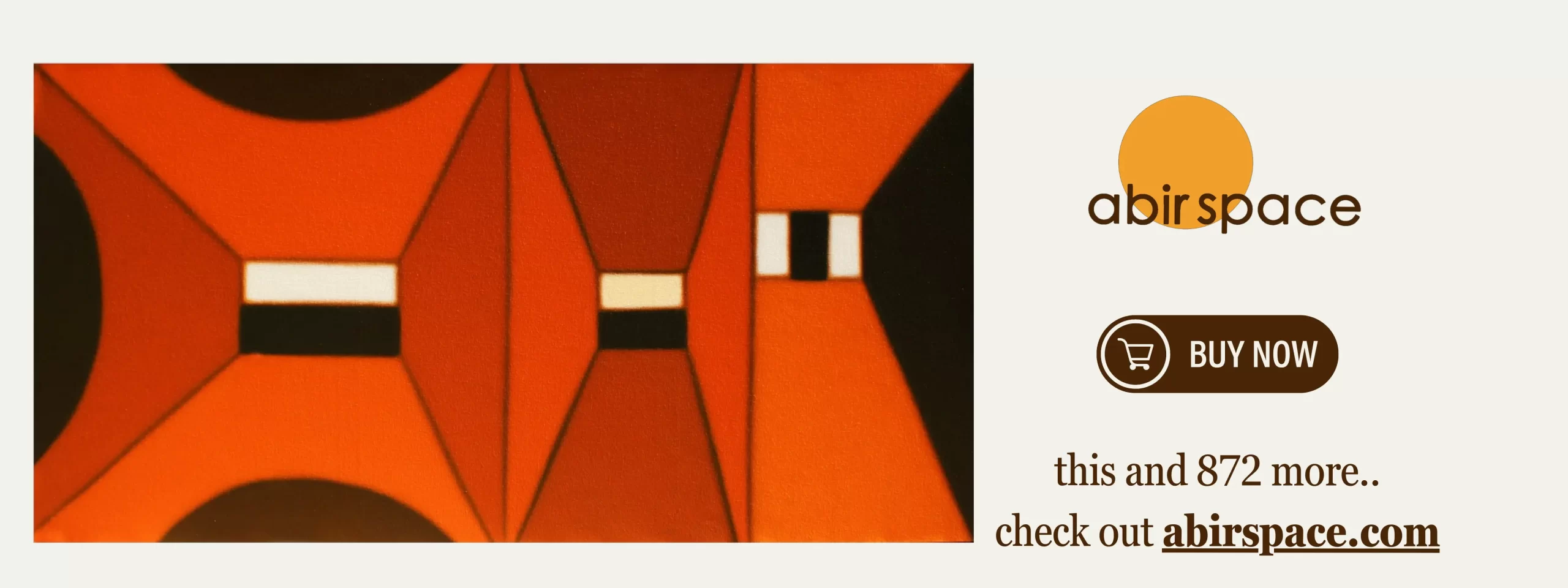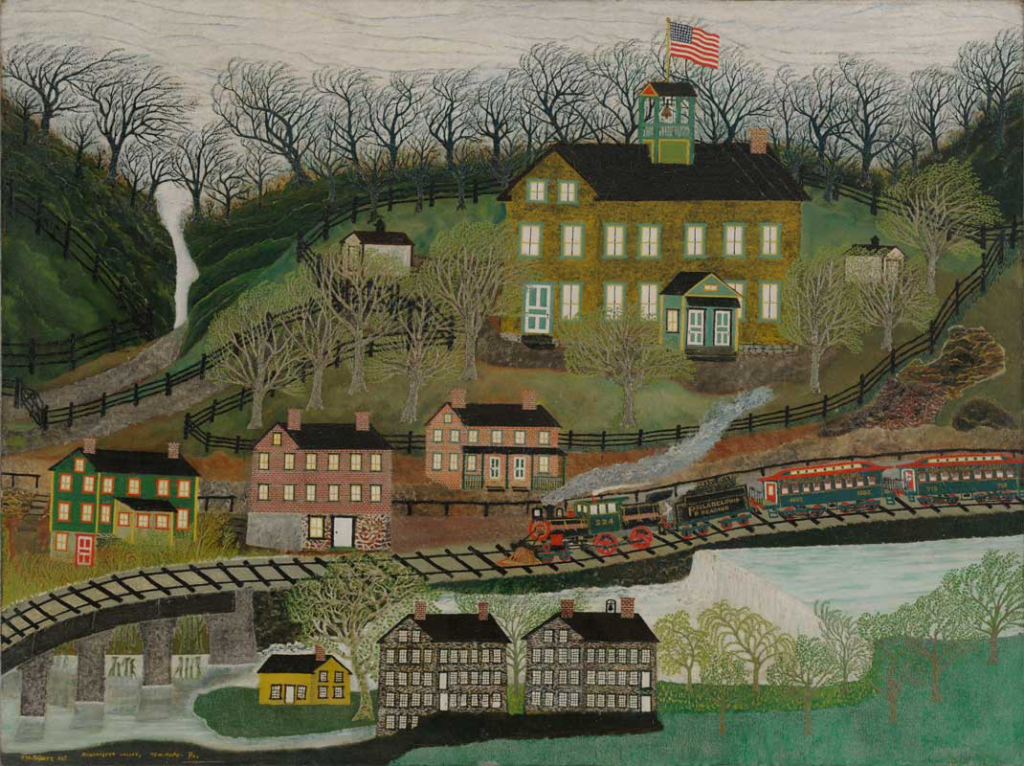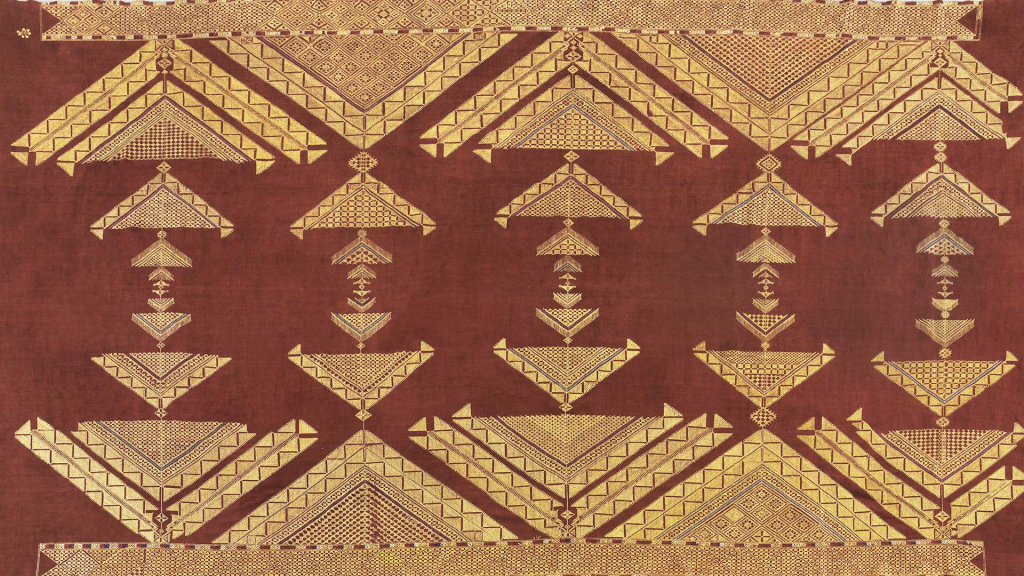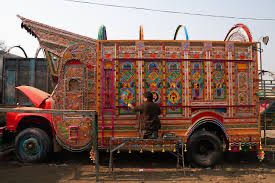In the vast landscape of Indian Textile arts, few crafts tell a story as captivating as Parsi Gara embroidery. More than just decorative needlework, Gara represents a unique cultural fusion born from centuries of migration, trade and adaptation. A testament to how art transcends borders and brings communities together.
The story of Parsi Gara embroidery begins with the Parsi community itself. Originally followers of Zoroastrianism from Persia, the Parsis fled their homeland in the 8th century due to Arab invasions and found refuge in the western regions of Gujarat, India, in 936 AD. While preserving their religious beliefs and customs, they gradually embraced local languages, cuisine, and clothing traditions, creating a distinctive cultural identity that bridged Persian heritage with Indian influences.
The term “Gara” derives from the Gujarati word for sari, but over time, it became synonymous with the elaborate embroidered saris worn by Parsi women. What started as a clothing style evolved into an entire embroidery tradition that would become the community’s signature aesthetic.
The Chinese Connection
The 19th century marked a pivotal moment in Gara’s evolution. Parsi merchants, leveraging their strategic position in Bombay, established lucrative trade relationships with China. These enterprising traders carried Indian cotton and opium to Chinese markets, exchanging them for tea, which was in high demand in European markets through British trade networks.
During these voyages, Parsi traders discovered exquisite Chinese silk fabrics called “gaaj,” adorned with realistic depictions of flora and fauna originally intended for European consumers. Recognizing their beauty, the merchants commissioned these fabrics as five-and-a-half-meter saris for their wives back home. The early pieces featured comprehensive embroidery from corner to corner, but as Parsi women began accompanying their husbands on trading expeditions, they adapted the designs to include borders and blank spaces for practical draping.
A fascinating chapter in Gara’s history involves Chinese craftsmen who traveled to India as door-to-door vendors, known as “pherias.” These artisans found hospitality in Parsi homes, leaving bundles of their work while taking samples to sell throughout Gujarat. During afternoon hours, they would sit in family verandas, working their craft while Parsi women observed and learned. It was in these peaceful courtyards that the first true Parsi Garas were conceived. A beautiful example of cross-cultural artistic collaboration.
The women didn’t merely copy the Chinese techniques; they incorporated their own ideas and variations, creating something entirely new. This fusion of Chinese craftsmanship, Persian aesthetic sensibilities, and Indian adaptability gave birth to the distinctive Parsi Gara style.
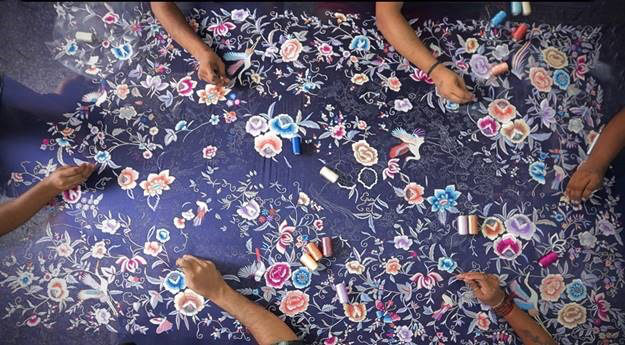
Distinctive Characteristics and Motifs
Parsi Gara embroidery is often described as “painting with a needle,” employing techniques such as satin stitch, aari stitch, petit point stitch, and intricate French knots. The traditional forbidden “khakha” stitch adds particular complexity to the work. Artisans typically use silk threads in white or pastel colors against dark base fabrics, creating striking contrasts that make the motifs appear to float on the surface.
The motifs themselves tell stories of cultural intersection. While drawing inspiration from Persian nature symbolism and Chinese mythology, they feature distinctly Indian interpretations. The Parsi community has developed charming colloquial names for various patterns: “Cheena Cheeni” references the Chinese connection, while “kaanda papeta” (onion potato) playfully describes polka dots that were once as common as these everyday vegetables. Other beloved motifs include “Karoliya” (spider) for spin wheel designs, “Marga Margi” for rooster and hen pairs, and “Chakla Chakli” for male and female sparrows. Gara saris traditionally come in three distinct styles, each serving different occasions and representing varying levels of craftsmanship:
Fully Embroidered Garas: These feature dense, all-over patterns (jaal) and represent the pinnacle of the craft. Reserved for the most significant occasions like weddings, these pieces are often the heaviest and most expensive, frequently becoming treasured family heirlooms passed down through generations.
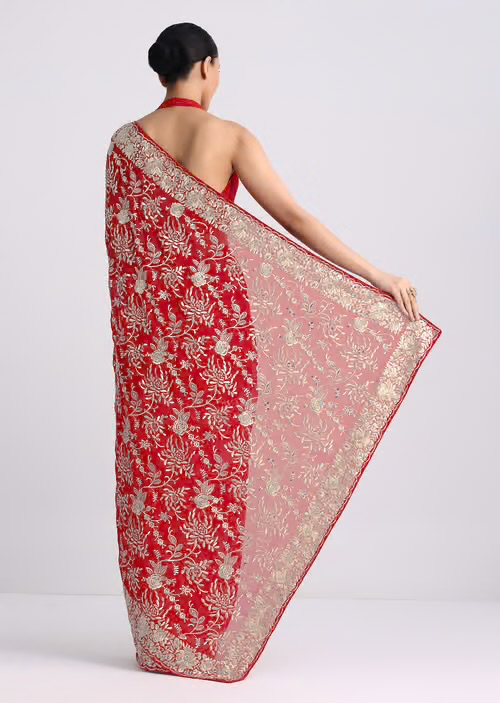
Border and Pallu Style: Featuring embroidered borders with scattered small motifs, these Garas strike a balance between elegance and wearability, making them popular for family gatherings and smaller celebrations.
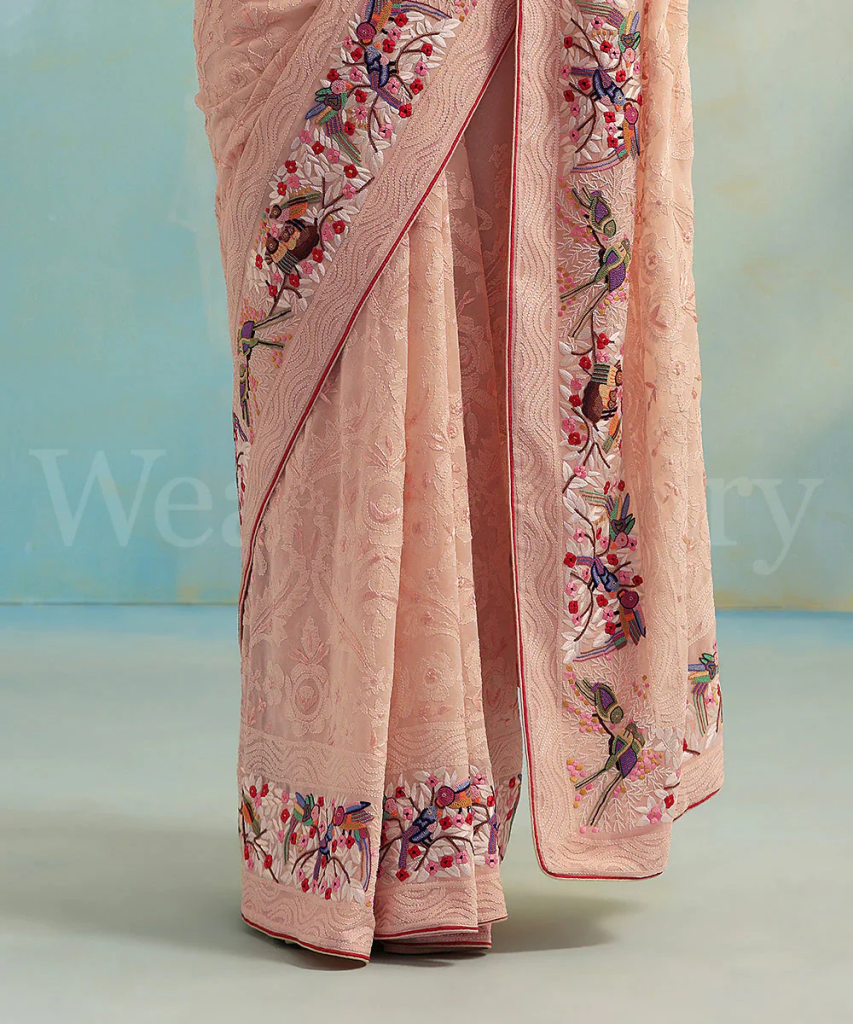
Running Border Design: The most practical variety, featuring borders that can be detached and reused on new fabrics, representing the community’s pragmatic approach to preserving beautiful craftsmanship.
The creation process itself is elaborate and time-intensive. Artisans begin by drawing designs on paper and creating color samples. The design is then carefully traced onto the sari fabric. Depending on the complexity, a single Gara can take anywhere from two to eight months to complete. Interestingly, craftsmen often specialize in particular motifs, ensuring uniformity and expertise in their specific area of decoration.
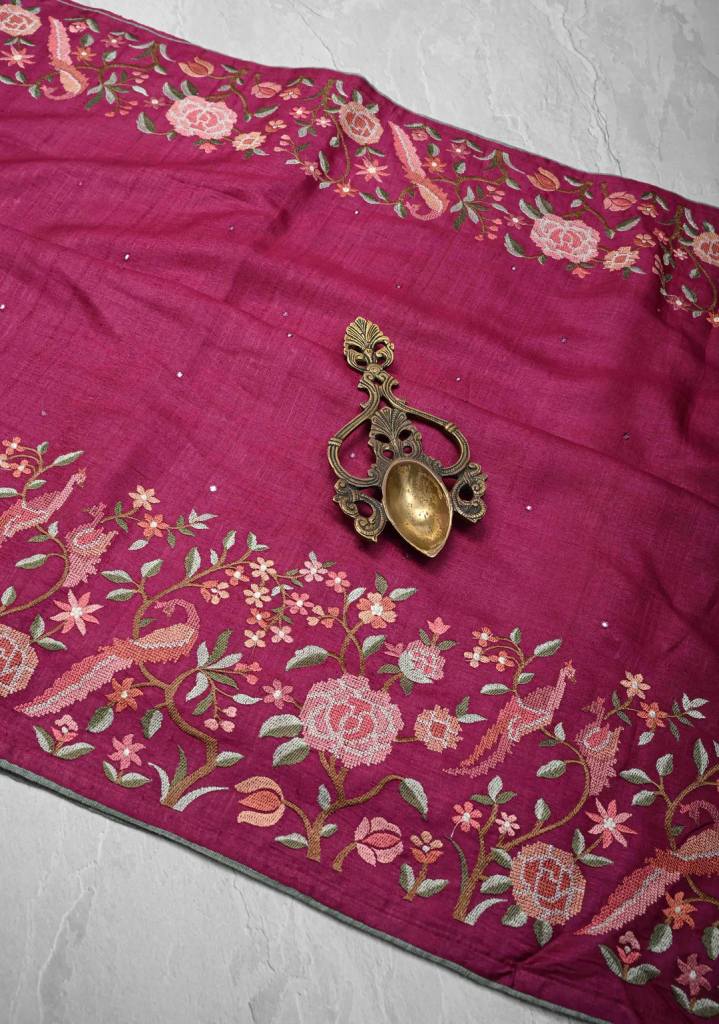
Like many traditional Indian crafts, Gara embroidery faced significant challenges during the colonial period and beyond. The 1930s brought particular hardship due to communist upheaval in China and India’s Khadi movement, which promoted indigenous, hand-spun cloth over elaborate embroidered textiles. The subsequent rise of mass production and cheaper alternatives further threatened the tradition. However, the 21st century has witnessed a remarkable revival. Growing appreciation for traditional handicrafts, combined with efforts to modernize the art form, has breathed new life into Gara embroidery. Contemporary designers are adapting traditional motifs for modern garments including tops, jackets, scarves, shawls, and lehengas. New fabric choices like crepe and chiffon offer lighter alternatives to traditional heavy silks, making the art form more accessible to modern consumers. In an era often marked by division, the story of how Persian refugees, Chinese craftsmen, and Indian traders collaboratively created something beautiful offers hope and inspiration. The fusion of Indian, Chinese, and Persian symbolism in Gara embroidery represents more than artistic achievement, it demonstrates humanity’s capacity for creativity, adaptation, and mutual enrichment when different cultures meet with openness and respect.
Today, as we witness the revival and modernization of this ancient craft, we’re reminded that the best traditions don’t simply survive, they evolve, adapt, and continue to inspire new generations of artisans and admirers. The Parsi Gara stands as a unique member of India’s rich craft heritage, its legacy deserving celebration and preservation for future generations to discover and cherish.
Featuring Image Courtesy: Parsi Khabar
Contributor

